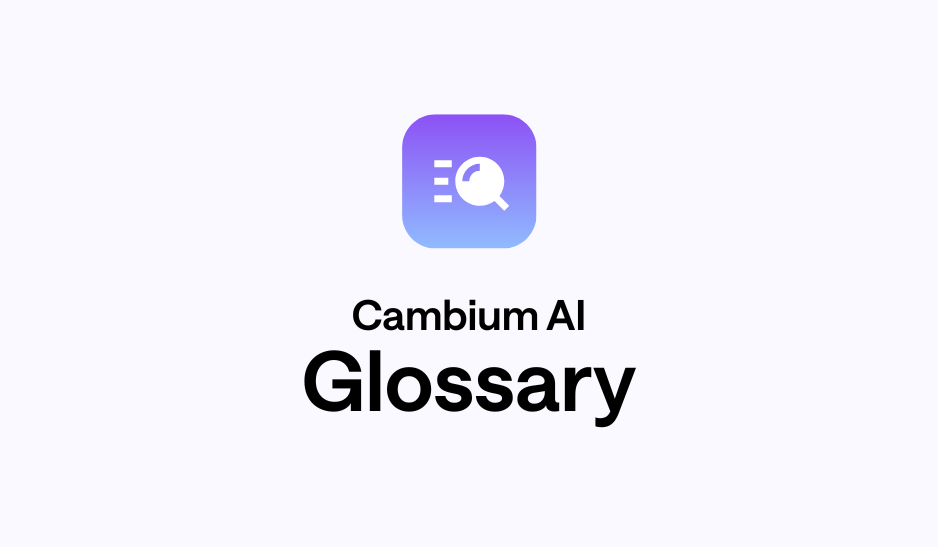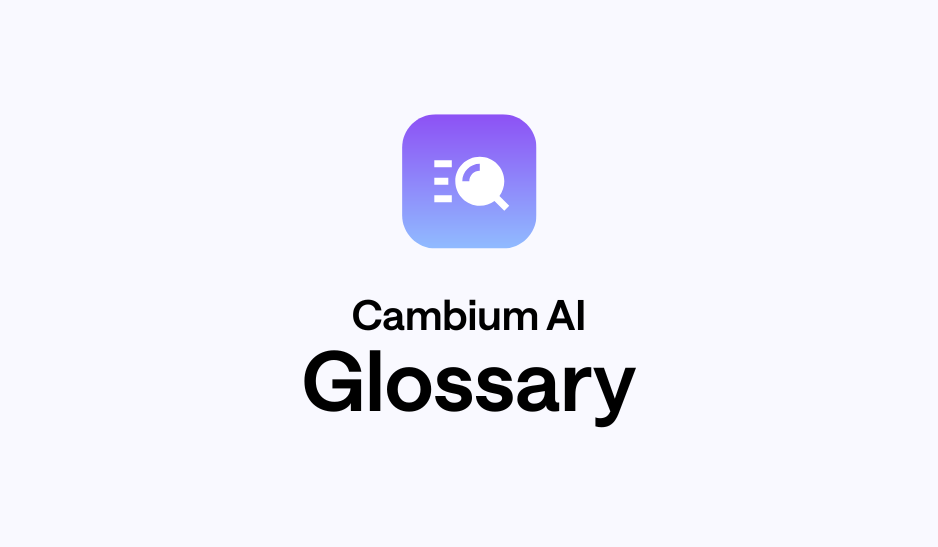Child Poverty Rate | Demographic Glossary

Definition
The percentage of individuals under 18 years of age whose family or household income falls below the poverty threshold.
Why It Matters
This is a critical indicator of the well-being of a society's future generation. High child poverty rates are associated with long-term negative impacts on health, education, and economic opportunity, making it a key focus for social investment.
Specific Relevance for Professionals:
Marketers
Relevant for organizations providing essential goods for children (e.g., clothing, school supplies) or family support services aimed at low-income households, guiding their outreach to communities with high child poverty.
Researchers
Fundamental for studying intergenerational poverty, the long-term effects of childhood poverty on educational and health outcomes, and the effectiveness of programs or food assistance for children.
Consultants
Crucial for advising non-profit organizations or government agencies on initiatives targeting child welfare, education, and health in economically distressed communities. It helps assess the social impact of various interventions.
Public Policy Workers
Paramount for designing children's services, educational support programs, food assistance initiatives (e.g., school lunch programs), and welfare policies aimed at supporting families with children to improve their economic well-being and future prospects.
